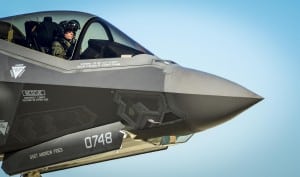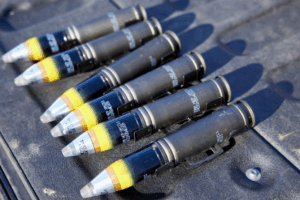
A total force reduction in the Air Force since 2005 drove service brass to bet on A-10 retirement to have enough maintainers to help the service reach its F-35 initial operational capability (IOC) goal. Air Force Lt. Gen. Stephen Hoog, assistant vice chief of staff and director, air staff, Headquarters, U.S. Air Force, said Thursday losing about 45,000 to 50,000 airmen since 2005 has reduced the service’s flexibility. “We didn’t have the capacity to build the ‘bulge’ necessary to carry…












